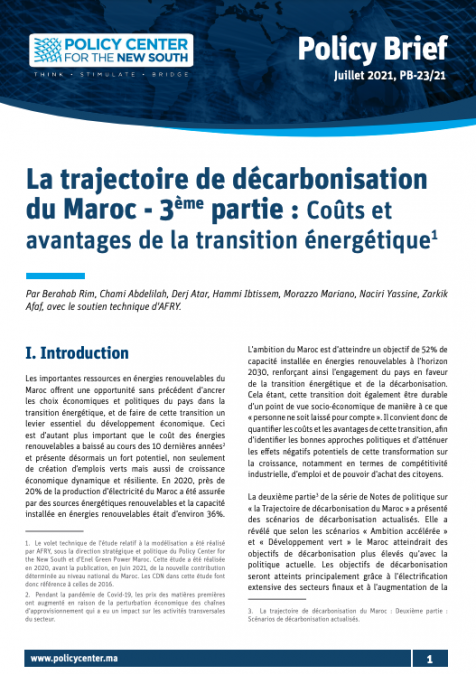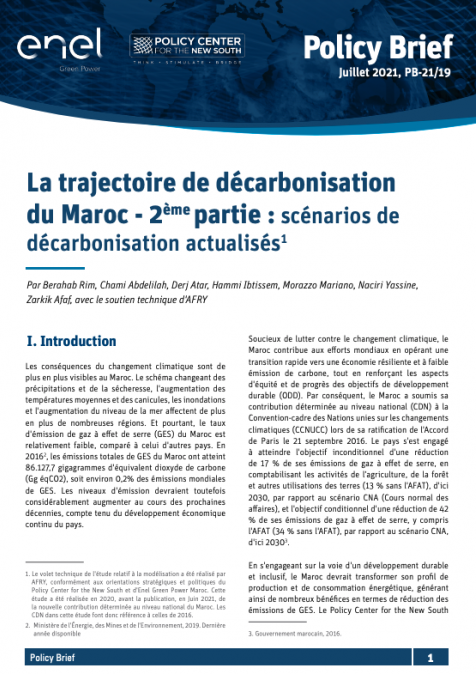Podcasts
La COP21, décryptage de l’Accord de Paris
Ce podcast est délivré par Carole Mathieu. A sa clôture le 12 décembre 2015, la COP21 a été saluée comme un grand succès diplomatique. En adoptant l’accord de Paris, les 196 Parties à la Convention Climat ont reconnu la menace que constitue le réchauffement climatique et se sont engagés à renforcer continuellement leurs contributions individuelles au combat mondial, dans la mesure de leurs propres responsabilités et capacités. Deux mois après la conclusion de cet accord, la question est de savoir ce que la COP21 change véritablement pour ses signataires. Quelles nouvelles obligations sont établies et comment garantir une mise en œuvre pleine et entière de l’accord, pour garantir, à terme, l’atteinte de l’objectif ultime : le maintien de la hausse des températures à 2°C, voire à 1,5°C.











